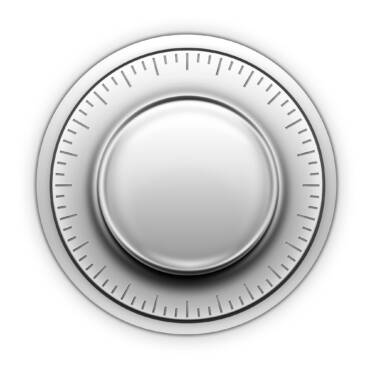When most people think about allergies, they imagine pollen drifting through the spring air. But what many don’t realize is that the air inside our homes can be just as much of a trigger, and sometimes worse. Indoor air can be up to five times more polluted than outdoor air, according to the EPA. For allergy sufferers, that can mean year-round symptoms such as sneezing, coughing, itchy eyes, and sinus pressure. Understanding the link between indoor air quality and allergies is the first step toward creating a healthier, more comfortable living environment.
Energy Efficiency Can Lead to Stuffy Air
Indoor allergens build up for a few simple reasons. Homes today are built to be more energy-efficient, which means they’re tightly sealed. While that helps with heating and cooling costs, it also traps dust, mold spores, pet dander, and volatile organic compounds (VOCs) inside. Everyday activities like cooking, cleaning, showering, or even bringing in new furniture can release particles and chemicals into the air. Without proper filtration or ventilation, these pollutants circulate constantly, increasing exposure for sensitive individuals.
Don’t Forget Humidity
Humidity plays an important role as well. High humidity encourages the growth of dust mites and mold, two of the most common indoor allergy triggers. On the other hand, air that’s too dry can irritate nasal passages and make respiratory symptoms worse. Maintaining a balanced indoor environment is key.
Battling Against Trapped Allergens
For homeowners looking to improve indoor air quality and reduce allergy symptoms, there are several effective options. Basic steps like regular vacuuming, reducing clutter, and washing bedding in hot water can help, but many homes benefit most from professionally installed systems designed to clean, filter, and refresh indoor air continuously.
An Air Filter
A whole-home air filter is one of the most powerful solutions. Unlike portable units, these systems integrate directly with your HVAC equipment, filtering all the air that passes through the home. High-efficiency particulate air (HEPA) filters and advanced media filtration systems can remove up to 99 percent of airborne particles, including dust, pollen, pet dander, and even some bacteria. Some models use activated carbon to absorb odors and chemical pollutants.
UV Air Purifiers
Another option is a UV-C light purification system. Installed within the HVAC unit, UV-C lights target microorganisms such as mold spores and bacteria. As air circulates through the system, the ultraviolet light neutralizes these contaminants before they reenter your living space. This technology is particularly helpful in humid climates or homes prone to mold growth.
Humidifiers and Dehumidifiers
Finally, whole-home humidifiers and dehumidifiers provide consistent humidity control. Dehumidifiers reduce moisture levels to prevent mold and dust mite growth, while humidifiers add moisture during dry seasons to support respiratory comfort.
By investing in professionally installed air quality solutions, homeowners can significantly reduce allergy triggers and create a healthier indoor environment. Cleaner air means easier breathing, better sleep, and greater peace of mind for the whole family.
For an indoor air quality assessment and some next steps on what system would work best for you, schedule an appointment with Conditioned Air Company of Naples, LLC, The Comfort People Since 1962!
Whether you require installation, repair, or maintenance, our technicians will assist you with top-quality service at any time of the day or night. Take comfort in knowing your indoor air quality is the best it can be with MOE heating & cooling services Ontario's solution for heating, air conditioning, and ventilation that’s cooler than the rest.
Contact us to schedule a visit. Our qualified team of technicians, are always ready to help you and guide you for heating and cooling issues. Weather you want to replace an old furnace or install a brand new air conditioner, we are here to help you. Our main office is at Kitchener but we can service most of Ontario's cities
Source link


